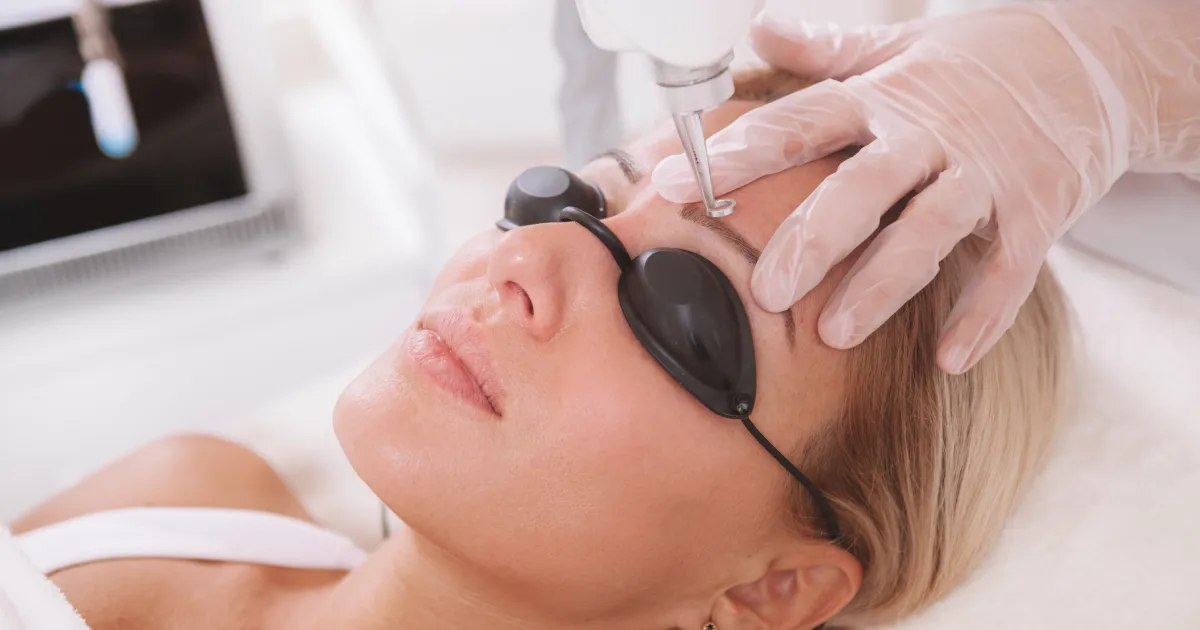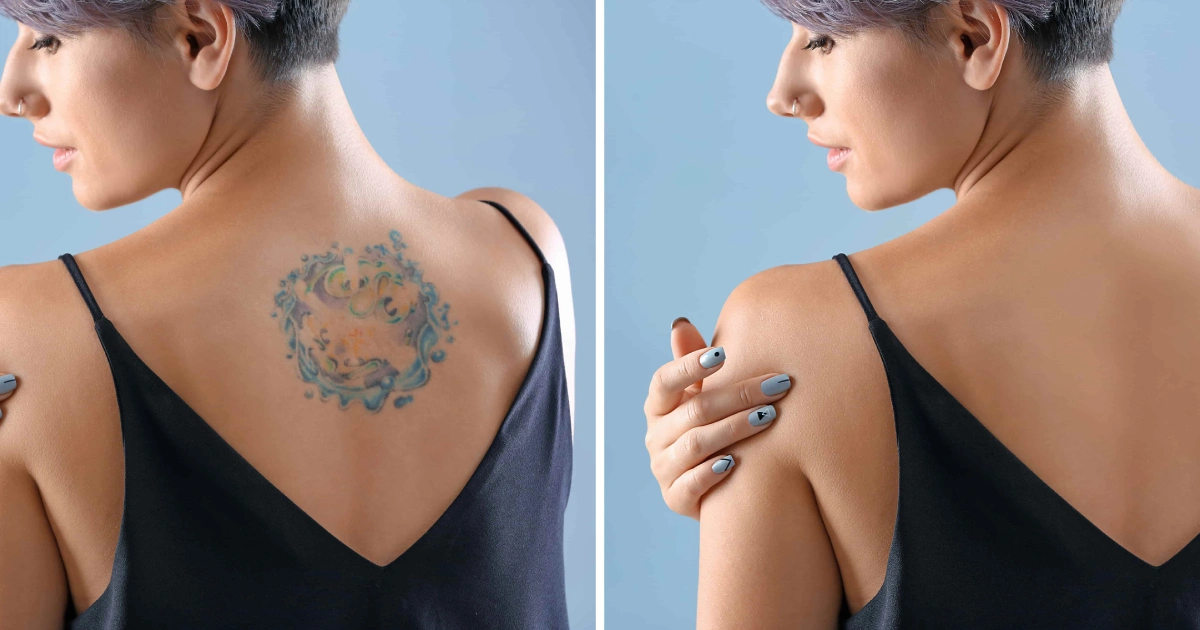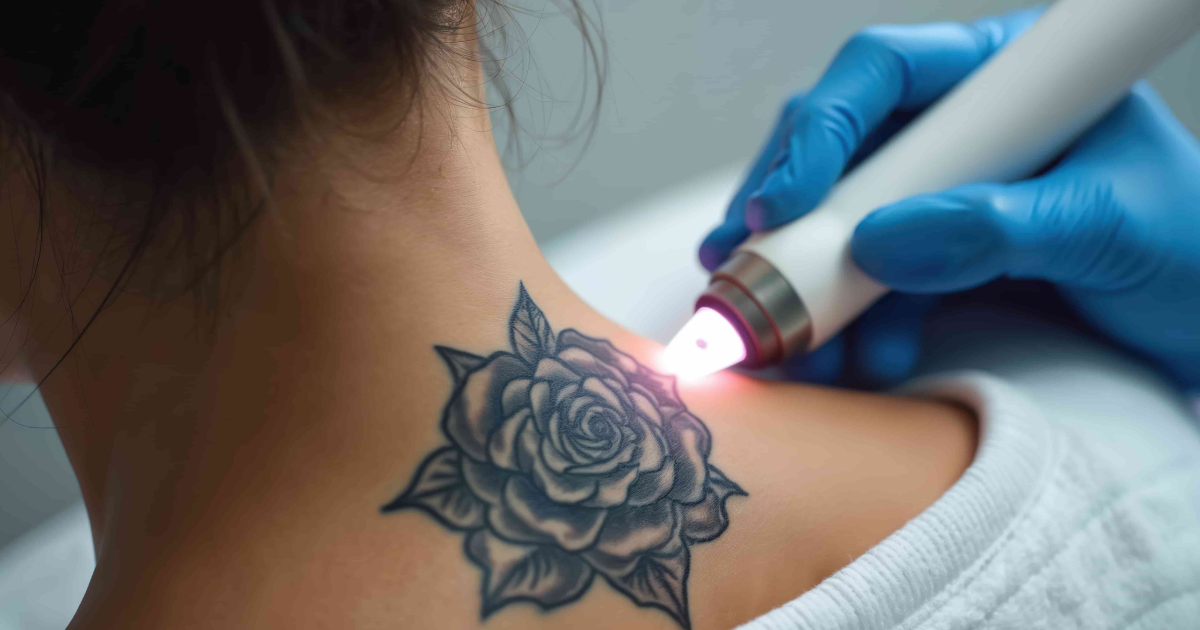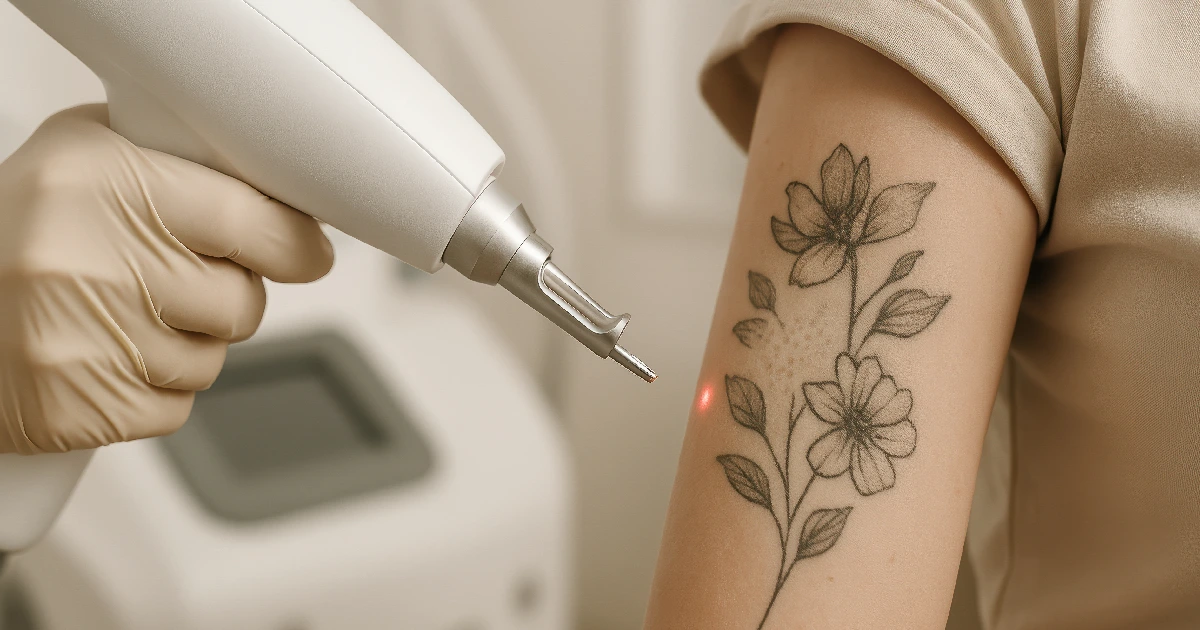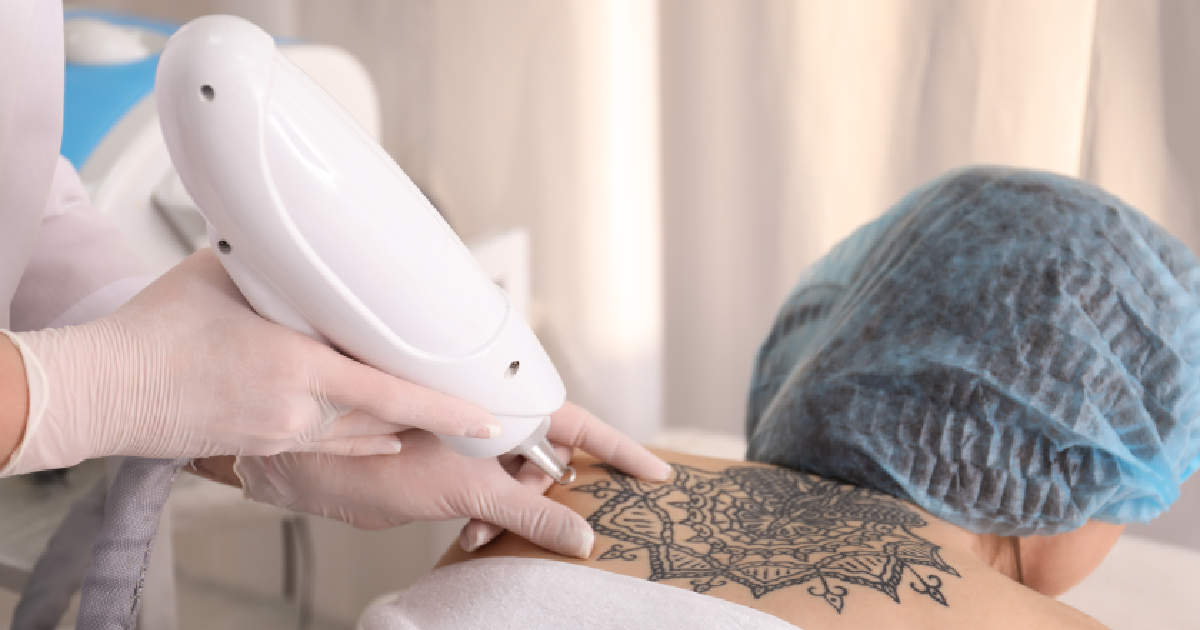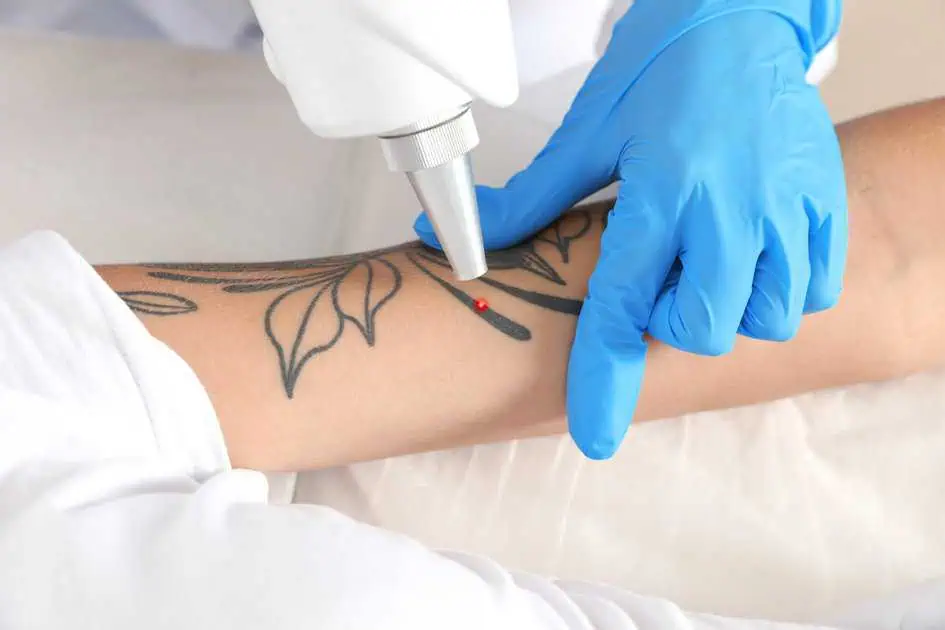Table of Contents
Regretting a tattoo is more common than many people think, and modern treatments now make it possible to remove unwanted ink safely. But for anyone considering tattoo removal, one of the biggest concerns is healing. Will it leave scars? How can the skin be protected? How long until results start to show? These are the real worries people face when starting the process.
If you’re in Raleigh and looking for answers, Renewal Tattoo Removal emphasizes that recovery doesn’t have to feel overwhelming. With the right tattoo removal healing tips, your skin can stay healthy, comfortable, and well-protected throughout the process. The following guide will explain what to expect, how to care for your skin, and why proper aftercare is the key to long-term results.
What Is Tattoo Removal
Tattoo removal is a non-surgical procedure that uses lasers to break down the ink beneath the skin. Over time, your immune system naturally clears these fragments, resulting in gradual fading. Unlike older methods such as dermabrasion or chemical removal, modern laser-based treatments are precise and minimize damage to surrounding skin.
Why should this matter? Safe, professional treatment paired with a proper tattoo removal skin care routine helps reduce complications and ensures your skin heals smoothly.
Benefits of Tattoo Removal
Choosing tattoo removal isn’t only about erasing a design; it’s about regaining confidence in your skin. Benefits include:
- A fresh start: The freedom to update your look without being tied to an old design that no longer represents who you are.
- Skin health: When aftercare is followed correctly, the skin has a smoother, healthier surface after healing.
- Flexibility: The ability to prep your skin for a cover-up tattoo without residual ink bleeding through.
- Confidence: Improved personal and professional self-esteem, especially if the tattoo is in a highly visible area.
- Peace of mind: Knowing you have professional guidance reduces anxiety during recovery.
Beyond the cosmetic benefits, proper recovery can prevent long-term issues such as scarring, irritation, or uneven skin tone. For many, it’s not just about fading ink, it’s about restoring comfort and control over their skin.
Who Is This Best For?
Tattoo removal is suitable for adults of different ages and skin types who want a fresh start. Whether you’re in your 20s with a spontaneous design you no longer love or in your 40s looking to refresh your skin, treatment can be adjusted to your needs.
It’s also helpful for:
- People preparing for cover-ups who want a clean canvas.
- Those with sensitive skin who may be concerned about irritation or long-term damage.
- Individuals focused on career or lifestyle goals where tattoos may feel limiting.
If you’re unsure, clinics like Renewal Tattoo Removal in Raleigh, NC offer consultations to evaluate your goals and ensure your skin is a good candidate.
Tattoo Removal Process and Healing Timeline
Pre-Treatment Preparation
- Limit sun exposure two weeks before treatment. Tanned or sunburned skin is more likely to develop complications.
- Stay hydrated and eat well to support your immune system.
- Avoid antibiotics two weeks before treatment unless approved by your provider.
- Wear loose, breathable clothing on treatment days if your tattoo is in an area prone to friction.
Treatment Day
The session itself usually lasts 15–30 minutes, depending on tattoo size and placement. Clients often describe it as feeling like a rubber band snap against the skin. Cooling devices or numbing cream may be used to improve comfort.
Downtime and Recovery
After treatment, redness, swelling, and blistering are common but temporary. Following your provider’s tattoo removal aftercare guide is essential:
- Apply an occlusive ointment such as Aquaphor or Vaseline.
- Keep the area lightly covered with non-stick gauze.
- Avoid scratching, peeling, or popping blisters; they naturally reabsorb within 7–10 days.
- Use ice packs to reduce swelling, but always wrap them in a clean cloth to protect the skin.
Results Timeline
- Noticeable fading occurs after several sessions, spaced 6–12 weeks apart.
- The full process depends on tattoo size, ink colors, and skin type, but most clients require multiple treatments.
- With patience and consistent tattoo removal recovery tips, the skin gradually restores itself.
Common Questions About Tattoo Removal
Does tattoo removal cause scarring?
When performed by a professional and paired with the best tattoo removal aftercare, the risk of scarring is minimal. Following instructions carefully protects your skin.
Can I go in the sun during the process?
No. Sun exposure can cause hyperpigmentation and slow recovery. Always apply SPF 50+ mineral sunscreen and keep the area covered.
What if my tattoo forms blisters?
Blistering is a natural part of the healing process. Do not pop or scratch them. With proper care, they reabsorb within a week or so.
How many sessions will I need?
It depends on your tattoo’s size, ink type, and age. On average, people require 6–10 sessions, although lighter tattoos may fade more quickly.
Is tattoo removal safe for all skin tones?
Yes. Modern lasers allow for safe treatment across skin tones, though providers may adjust settings for optimal results.
Will the tattoo be completely gone?
Many tattoos fade to the point of being nearly invisible, but complete removal depends on ink type, depth, and how your skin responds. Your provider can set realistic expectations during your consultation.
Tattoo Removal Skin Care Routine
To get the best results from tattoo removal in Raleigh, NC, your skin needs consistent aftercare. Renewal Tattoo Removal recommends:
- Hydration: Drink plenty of water to support immune function and help flush out ink particles.
- Rest and Recovery: Give your skin time to heal before scheduling the next session. Over-treating can slow progress.
- Cleanliness: Wash the treated area gently with mild soap and water. Pat dry—never rub—and keep it covered with sterile gauze when necessary.
- Topical Care: Use ointments to reduce redness and irritation. Hydrocortisone cream may help with itching once the area begins to heal.
- Immune Support: Eat nutrient-rich foods, exercise regularly, and avoid smoking. A strong immune system clears ink more efficiently.
- Clothing Choices: Avoid tight clothing that may rub against the treated area and cause irritation.
By prioritizing skin health, you’ll see smoother healing, better fading, and fewer complications over time.
Start Your Tattoo Removal Journey
Safe tattoo removal is as much about aftercare as it is about the treatment itself. By following expert tips and protecting your skin, you can expect smoother results, faster healing, and renewed confidence in your appearance.
If you’re ready to start your tattoo removal journey in Raleigh, Renewal Tattoo Removal is here to guide you every step of the way. Protect Your Skin – Book now!

